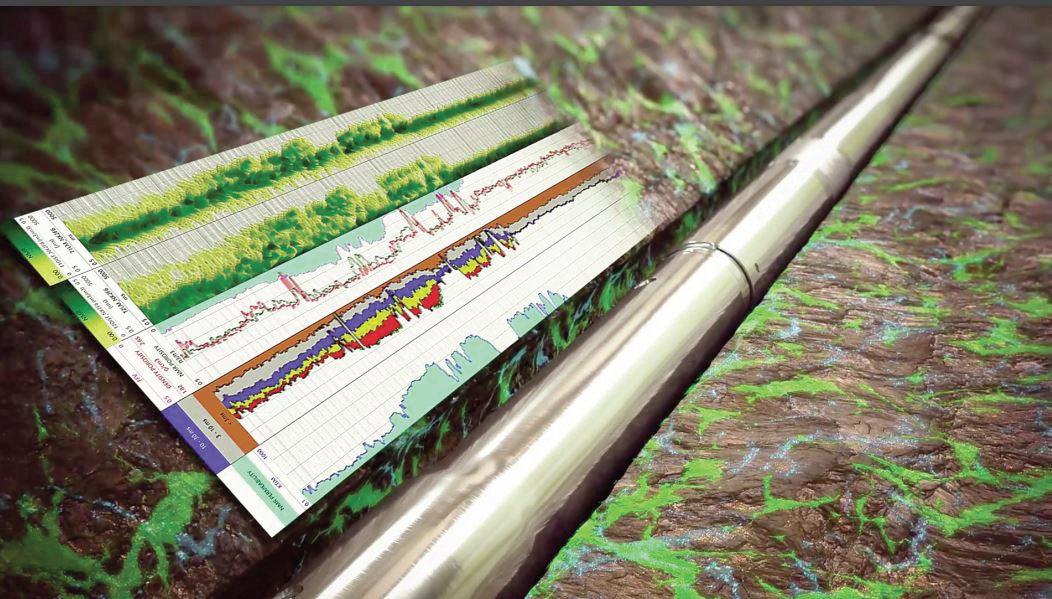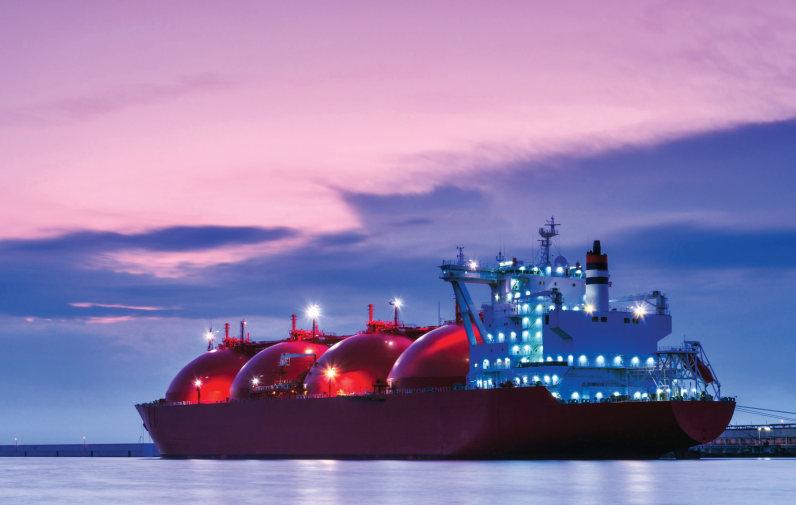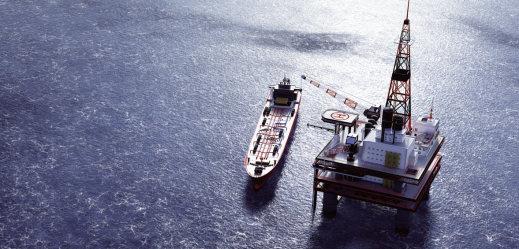S04 ORA 2 2021 East Africa_ORA Master Template - 2016 New 20/04/2021 11:24 Page 11
G EOG RAPH ICAL ANALYSIS
ISSUE 2 2021 • WWW.OILREVIEWAFRICA.COM
IS SOMALIA THE NEXT
EXPLORATION HOTSPOT? After nearly three decades of civil war, coupled with multiple sovereignty issues, Somalia is now open to international majors. Although its petroleum industry is in the fledgling stage, exploration companies are confident of discovering crude oil in Africa’s most adventurous oil frontier. HE UNTAPPED POTENTIAL and strategic location next to shipping lanes should draw the attention of oil players to Somalia in search of ‘elephant’ finds, as this new province has opened its offshore waters for exploration and development (E&D). The Somali government in March 2020 signed a preliminary roadmap with a Shell/ExxonMobil joint venture for E&D of potential offshore hydrocarbons reserves after receiving US$1.7mn for the lease of their concessions. Besides oil giants, small companies who are aggressive risk-takers are also keen to get a foothold in unexploited oil basins of Somalia. Italian and British geologists first identified oil seeps during the colonial era. Exploration began in 1948, when Sinclair Oil, Conoco and Agip (now ENI) discovered eight petroleum basins: Daban; Migiurtinia; Mudugh; Mogadishu; El-Wak Mandera; Ogaden; and Chismaio and Lamu Basin – with columns of five-six kilometres in several areas, and ranging in age from Jurassic or Triassic to Tertiary (several million years ago).
Country geology Mature, oil-prone source beds plus potential reservoir rocks and structures exist in a variety of geological settings, as well as a rich variety of trapping
Image Credit: Adobe Stock
T
Somalia has the longest coastline in Africa, which extends to 1,000 kilometres along the Red Sea and 1,900 kilometres along the Indian Ocean.
configurations – both sandstone and carbonate with large potential closures. Another positive is the presence of direct hydrocarbon indicators, such as visible flat spots, (Petroleum Economist). Some of the eight sedimentary basins have sediment thickness exceeding five
km and contain good reservoir rocks, seals and traps necessary for hydrocarbons to deposit. The Jurassic separation of Somalia and the Madagascar-SeychellesIndia block (several million years ago) has created oil-prolific deposits that share many characteristics with the Ogaden
basin (South Africa), and partially also the Rovuma basin (Mozambique). Geologists divide ‘offshore’ Somalia, overlain by the current seismic grid into three basins, each defined by their own individual structural regimes: Obbia basin in the North, Central Coriole basin, and Southern Juba-Lamu basin. The northern region has signs of limestone reef build-ups, sandstone tilted fault blocks and large anticline folds of rock, all within close proximity to oil-rich wells. The temperature in the north increases rapidly that allows the Jurassic rocks to be prime sources to generate oil, as opposed to natural gas. Additionally, these Jurassic rocks are only around one to two miles below sea level. While temperatures in the southern region are much cooler, and the potential oil-dense oceanic crust is two to 2.5 miles below sea level. Geoscientists have concluded that “the North and South might differ in temperature, depth and reservoir type; both areas appear to be rich in hydrocarbons and show great promise for producing great amounts of oil.” (Neil Hodgson, Somalia Awakes as East Africa’s Oil Province, December 2016). Somalia also shares the geological structure of the Arabian Peninsula, however, the volumes of sediments in Somali basins are larger compared to the
11











